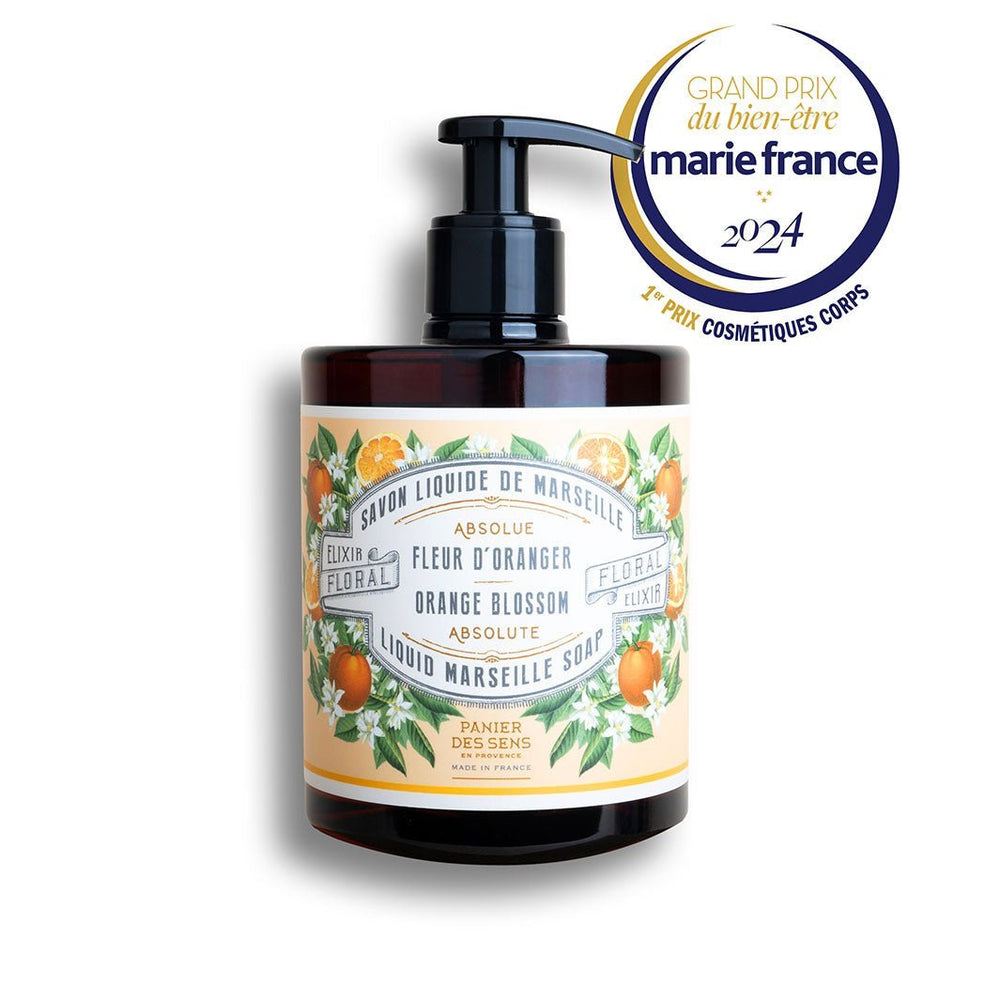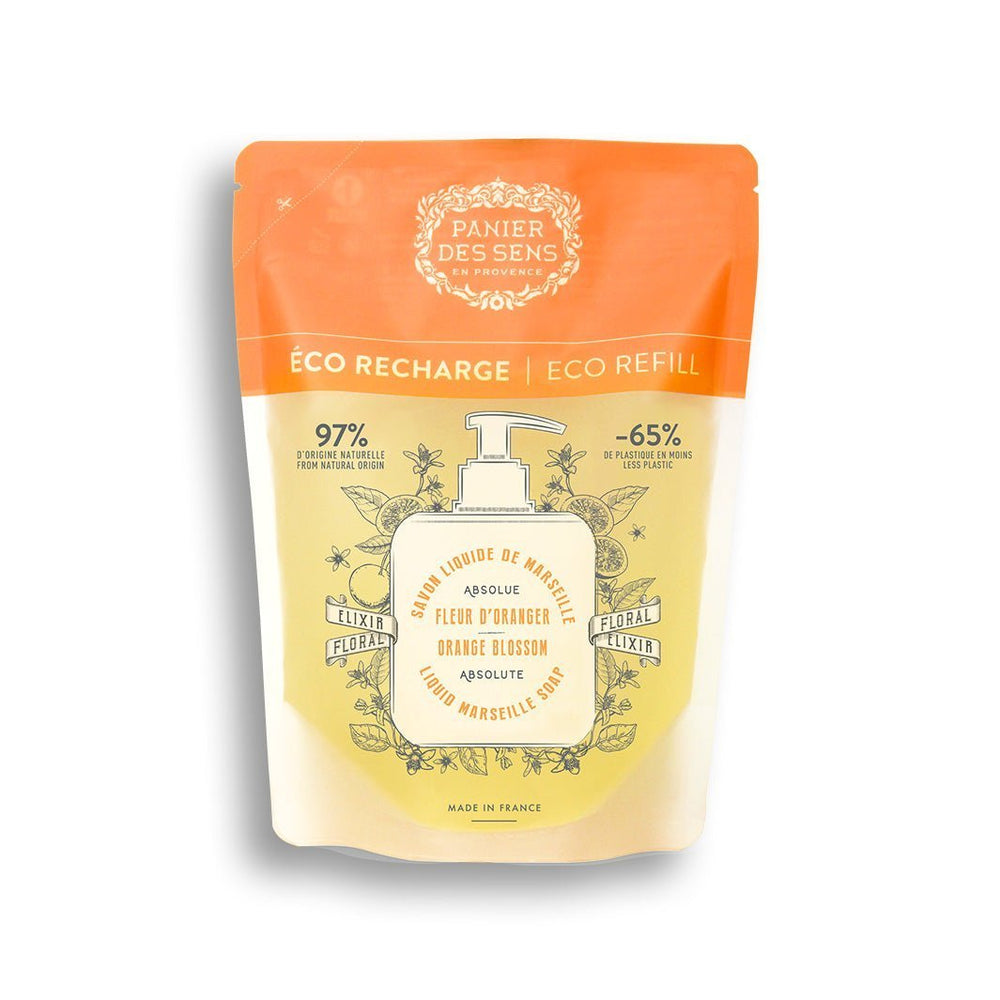What is the history of liquid Marseille soap?
In the long tradition of body care and hygiene, few products can boast as rich a history as Marseille soap. An emblematic product of Provence, it has survived the centuries, adapting and evolving to meet the changing needs of consumers. Today, liquid Marseille soap is one of the direct descendants of this tradition, combining authenticity and modernity. Our journey begins at the origins of this exceptional soap, exploring its initial creation process and the changes that led from solid to liquid form, a significant transformation both physically and symbolically.
We'll then look at how liquid soap embodied a revolution in the soap industry, and how it has reinvented itself to embrace contemporary issues. Finally, we'll discover current manufacturing practices, revealed in the workshops of master soap-makers, and examine how this age-old product occupies a privileged place in today's environmental and aesthetic approach, particularly with regard to its manufacturing process, described in detail in the section"How liquid Marseille soap is made".

Origins and development of Marseille soap
Birth of Marseille soap
Marseille soap has its roots in an ancestral tradition that goes back centuries. It was in the city of Marseille that this emblematic product was born, thanks to the abundance of raw materials needed to make it: local olive oil, potash and sea salt. These natural ingredients were first blended in the cauldrons of Marseille's master soap-makers, giving rise to a green or white cube renowned for its purity and cleansing properties. The hot saponification method, an authentic process handed down from generation to generation, has made Marseille soap a benchmark in hygiene and skincare.
From bar to liquid: transformation and adaptation
Over the years, Marseille soap has evolved to meet the changing needs of consumers. Faced with the advent of shower gels and other liquid body care products, this Provencal icon had to reinvent itself. Thus was born liquid Marseille soap, the fruit of a successful adaptation that preserves the original qualities of the solid product while offering the practicality sought after by a modern public. This transition from solid to liquid has enabled traditional Marseille soap to endure in French and international households, while retaining its artisanal soul and its commitment to a composition that respects both the user and the environment.
Liquid Marseille soap through the ages
Liquid Marseille soap in industry
The history of liquid Marseille soap is closely linked to the industrial and economic changes taking place in Marseilles. When giants such asUnilever and Procter & Gamble set their sights on Marseille, they brought with them technological innovations that turned the traditional soap market on its head. In 1954, a major American international group integrated the synthetic detergent department of a small French company into its subsidiary in France, marking a turning point for the local industry. During this period, household soap production fell dramatically, from 200,000 tonnes in 1938 to just 3 tonnes in just a few decades. This collapse revealed not only the difficulties faced by craftsmen in the face of industrial competition, but also the emergence of a new era in which liquid soap began to take hold.
The revival of liquid Marseille soap in the modern era
In the midst of economic turmoil and the challenges posed by increased competition, Marseille soap has risen from the ashes in a more fluid form, adapted to contemporary trends. This revival has been based on a return to our roots, highlighting the principles ofauthenticity andexcellence that have made Marseille's know-how world-renowned. The master soap-makers have revisited their ancestral recipes to offer a liquid Marseille soap that meets the demands of a clientele attentive to quality and concerned about environmental impact. This product now combines historical heritage and innovation, testifying to a know-how that endures while embracing today's ecological imperatives.
Liquid Marseille soap today
Current manufacturing processes
Today, the production of liquid Marseille soap is based on methods that combine tradition and modernity. Master soap-makers perpetuate the ancestral heritage while integrating technological advances. Indeed, factories such as Rocca, Tassy & de Roux were pioneers in the adoption of a continuous extraction and saponification process as early as 1952, leading to a significant improvement in quality and standardization of finished products. Today, this method continues to be refined to guarantee a liquid soap with exceptional moisturizing and cleansing properties, with particular attention paid to preserving the natural characteristics of the ingredients.
Role in ecology and modern cosmetics
In a world where ecological concerns are at the forefront, liquid Marseille soap stands out as an eco-responsible product par excellence. Its biodegradable formula minimizes its impact on the environment, echoing the growing demand for products that respect our planet. What's more, its simple, natural composition perfectly meets the requirements of the modern cosmetics market, which favors skin care products free from chemical additives that are harmful to the skin. Liquid Marseille soap is the ideal choice for those seeking to combine personal care with environmental responsibility.
We recommend these other pages:





































